Why are the Mayans an Awesome Civilization?
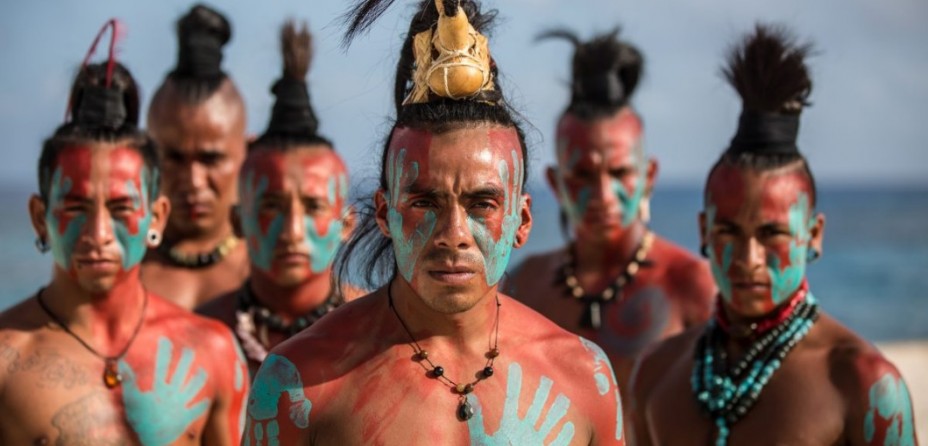
If you have ever visited Mexico, or are planning a trip in the future, then you have almost definitely heard of the Mayans. This ancient civilization dominated a vast terrain in Mesoamerica, including what is now known as south-east Mexico, Guatemala, Belize, Honduras, and El Salvador.
It is believed that they settled as early as 1800 BC, and existed as a powerful civilization until their mysterious decline around 900 AD. Their legacy is unmissable anywhere in the Yucatan Peninsula – how could you miss the pyramid at Chichen Itza, or the dramatic beachside ruins in Tulum?
However, there is far more to Mayans than meets the eye...
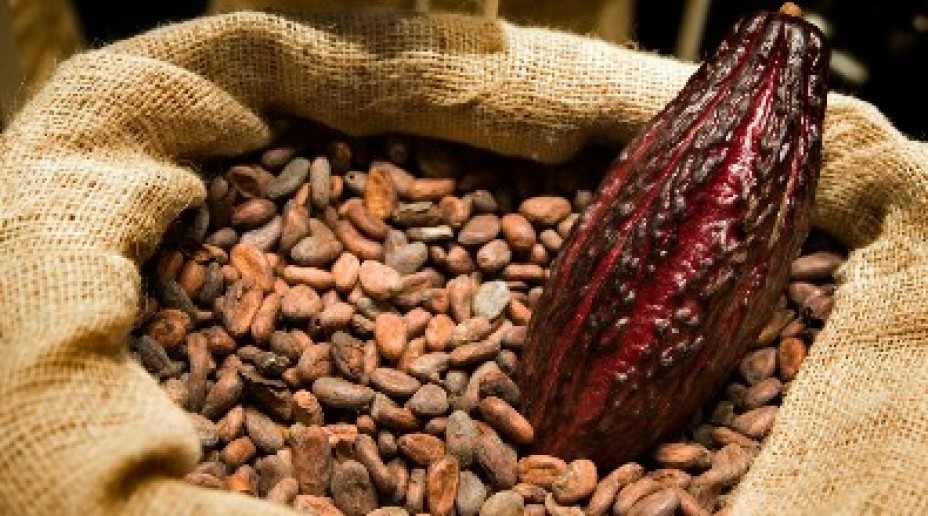
#1 - The Mayans ate
(and loved) chocolate!
The Mayans may have been among the first people to discover the delights of chocolate!
They first harvested the beans from the wild cocoa trees of the rainforests in the south of Mexico, and roasted them with water and spices to make a chocolate drink.
Later, areas of forest were cleared to allow space for what were likely the first ever cocoa plantations.
Cocoa beans were a treasured item and often used in trade, or offered as gifts in big celebrations.
#2 - The Mayan calendar did not actually predict the end of the world
Whilst the end of the ‘Long Count’ calendar did cause some panic in 2012, it was only one of three main calendars the Mayans used, which also included the 260-day Tzolk’in and the 365-day Haab calendar, similar to the Gregorian calendar we use today!
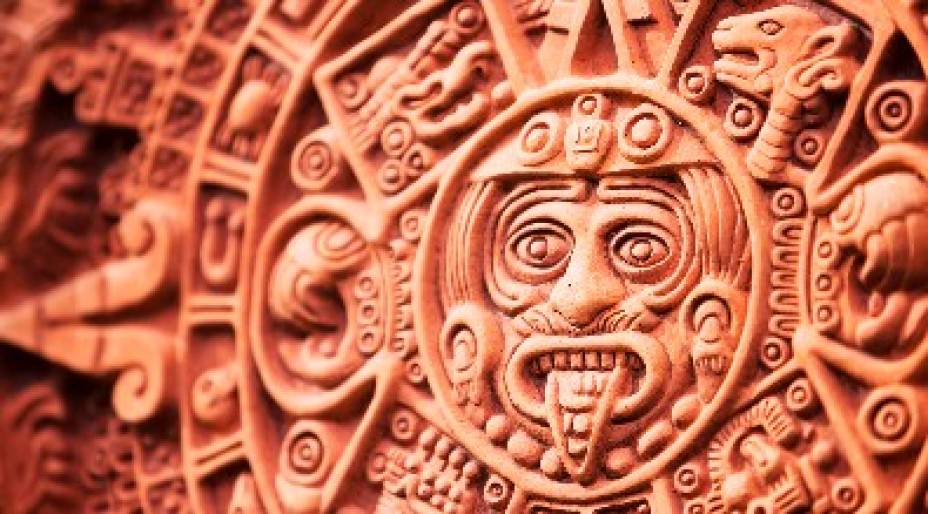
The ‘Long Count’ calendar was only used to classify days over a longer period of time than the Tzolk’in and Haab allowed for.
It is still unknown exactly why the Long Count calendar ends on 21st December 2012, but since there are glyphic texts that discuss events after 2012, the concept of ‘doomsday’ can be deemed as nothing more than a myth.
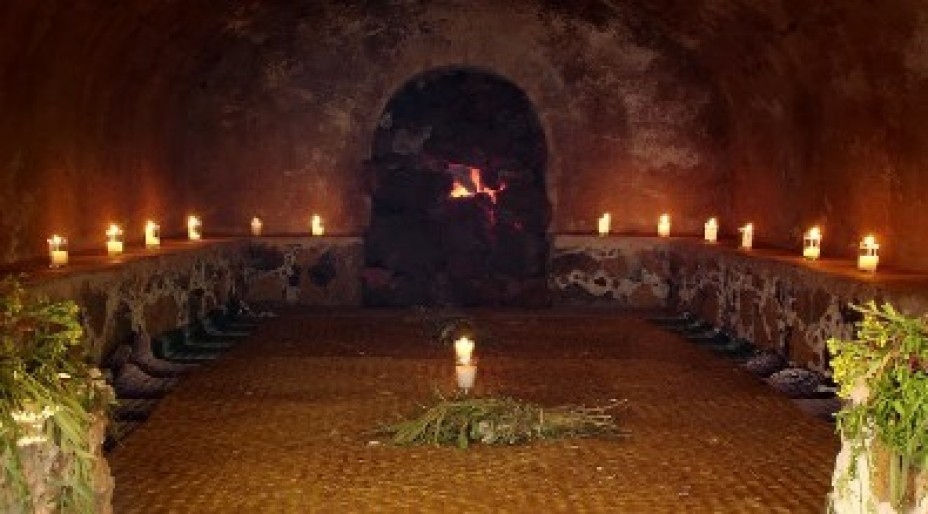
#3 - They liked to sweat
Before the Roman bath houses, there was the Mayan sweat lodge, or temazcal.
Traditionally, the lodge would be a circular dome with a pit in the center where volcanic rocks were heated with a range of cleansing plants and herbs.
The temazcal was used for purification rituals, usually for those returning from war, the ill, women giving birth, and for regular religious ceremonies.
Enter a genuine Mayan sweat lodge at Cancun Temazcal, where you can participate in a steam bath ritual, scented with indigenous herbs, followed by an outdoor shower and a relaxing mud-mask facial as you lay in a hammock to reflect on the experience.
Don’t forget to hydrate by drinking plenty of water before, during and after your session!
#4 - Mayan sites are still being discovered
Whilst hundreds of Mayan sites have already been documented, it is believed that there are still plenty to be found, with many of them perhaps being underground.
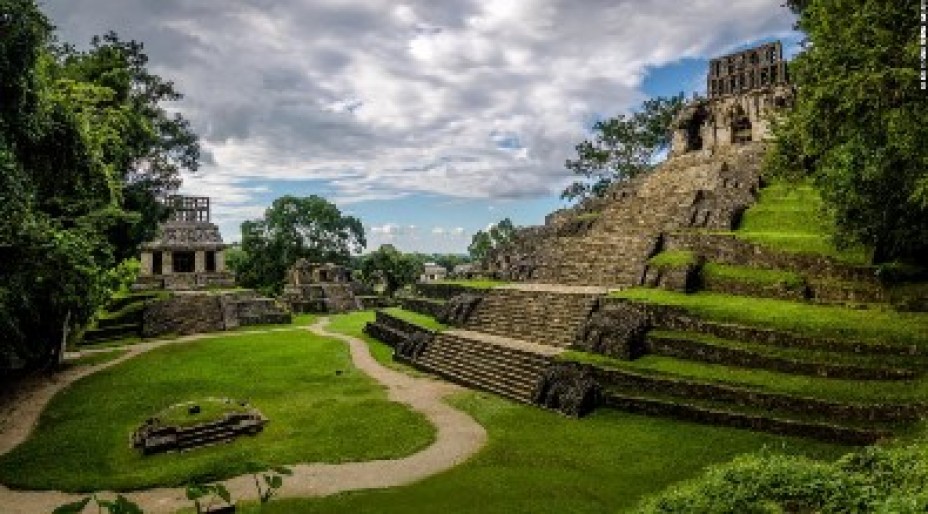
This year, archaeological breakthrough found that the Mayan site of Tikal makes up just a fraction of a vast underground municipality in Guatemala, and two sprawling Mayan cities – Lagunita and Tamchen – were uncovered in 2014 in the depths of the Mexican jungle.
You can tour some of the most impressive but lesser-known sites such as Palenque, 90% of which is believed to remain underground. Spectacular architecture in the heart of the jungle, this site is truly breathtaking, and the tour includes a stop at the Misol-Ha and Agua Azul waterfalls afterwards for a refreshing dip.
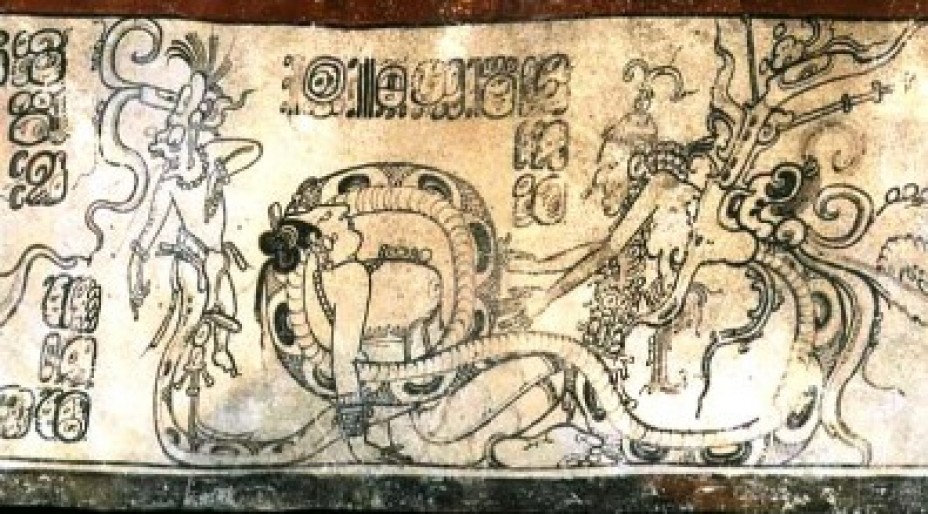
#5 - They were ahead of their time
The Mayans had a futuristic way of thinking when it came to health and medicine.
There was a surprising focus on the relationship between physical and mental health, with spiritual rituals, massage, and acupuncture all being regularly used in healing processes.
They domesticated animals such as dogs and turkeys to be their companions, indicating they had a deeper understanding of mental health.
They also stitched up wounds using human hair, and practiced dentistry by using gemstones to fill broken teeth.
#6 - They invented the concept of zero
As well as being advanced in health and medicine, the Mayans were also innovative in their mathematical thinking.
There is evidence of them using a dot symbol for a value of ‘1’ and a bar symbol for a value of ‘5’, but they also independently invented the concept of zero as a placeholder, symbolized by a small shell shape.
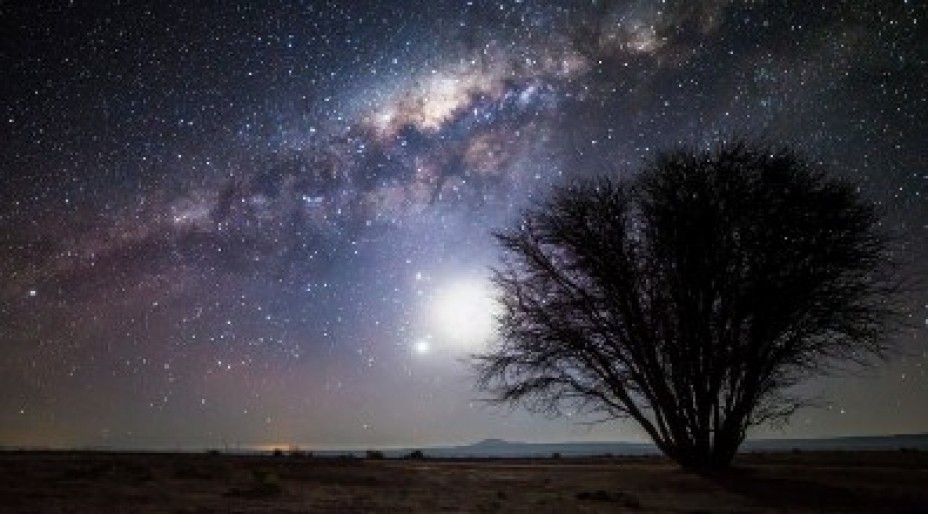
This was significantly used in their calendars, and in other more complex calculations.
They also had some incredibly accurate observations about astronomy, including the lengths of the solar year and the lunar month.
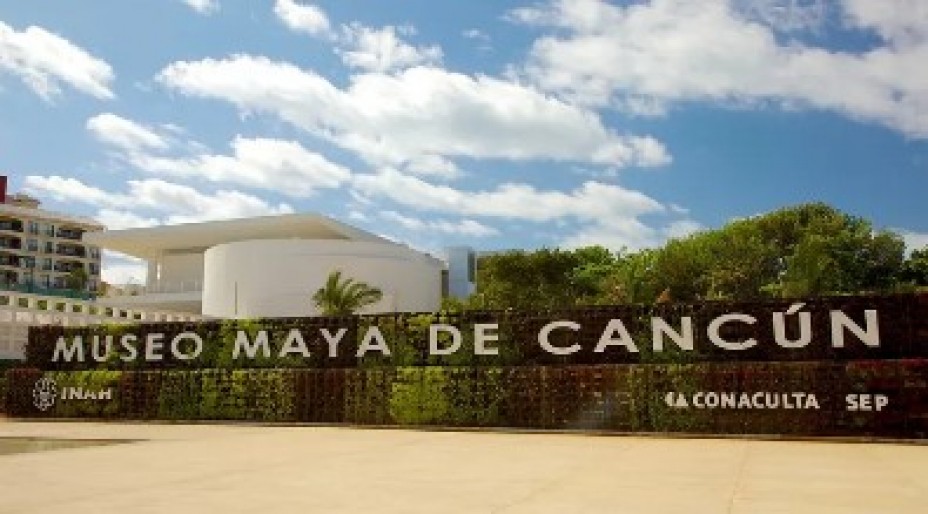
#7 - The decline of the Mayan civilization is still a mystery
At over 19 million people strong, the Mayan civilization had grown to be one of the most powerful and sophisticated of its time, which is why historians are still astounded by its sudden collapse between the 8th and 9th centuries.
The settlements and cities were swiftly abandoned for reasons that are still unknown, but the many proposed theories include drought, starvation, deforestation, and even alien invasions.
The only city that resisted the collapse was Chichen Itza, where it is believed the remaining Maya people united and lived until the Spanish conquered the area in 1697.
You can tour the most recently inhabited of the Mayan cities, Chichen Itza, today, and if you’d like to learn more about the cryptic history of the Mayan civilization, there are plenty of cultural museums to see in Mexico.
Some of the best include the Gran Museo del Mundo Maya in Merida, Yucatan, and the Mayan Museum of Cancun in Quintana Roo.
#8 - They developed one of the earliest writing systems
The evidence of the Mayans’ progressive writing system was left everywhere by their scribes; on artistic murals, molded with stucco, painted on codices and walls, and carved in stone and wood.
The general appearance of their writings is similar to Egyptian hieroglyphics, but not at all related – each elaborate glyph represents a word or syllable.
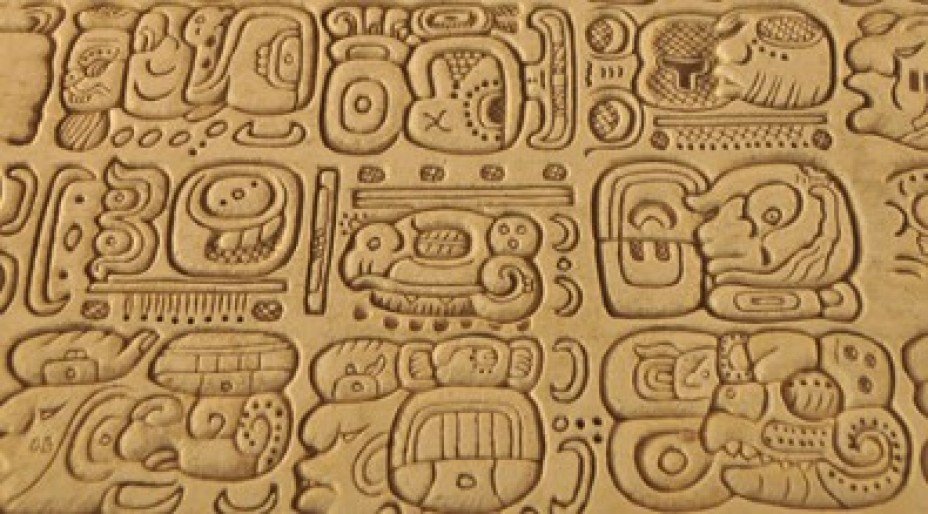
Only 60% of over 1,000 glyphs have been deciphered, and Mayan texts continue to be discovered today.
Many of these writings can be seen in the form of carvings and molded stucco in Mayan ruins across Mexico and central America.
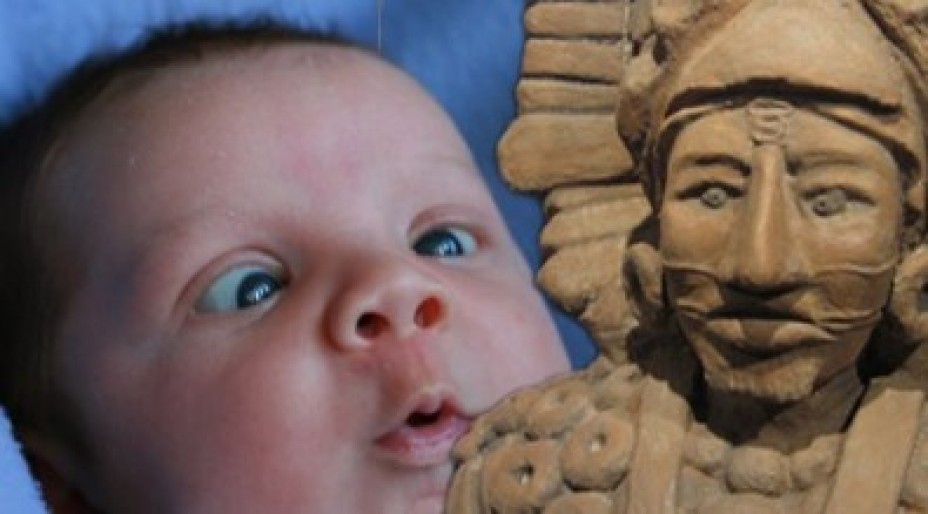
#9 - Mayan beauty standards were even stranger than ours
Whilst we may be baffled by the world of lip kits and weight loss regimes, the Mayans certainly had some odd ideas when it came to the concept of beauty, and various methods were implemented from a young age to keep up with these standards.
For example, mothers would press a board on their children’s foreheads to make them flatter, and would also dangle something in front of their baby’s nose until their eyes were permanently crossed because it was considered more aesthetically pleasing.
Noblemen used putty to alter the shape of their noses and drilled holes in their teeth to inlay them with jade, while noblewomen filed their teeth into sharp points.
10 - Mayan communities still exist today
Despite the abrupt and mysterious ending of the wider Mayan civilization, there are still Maya people alive today.
Most of them live in small communities across the Yucatan Peninsula, Guatemala, and Belize, and many of them still speak a form of the Mayan language.
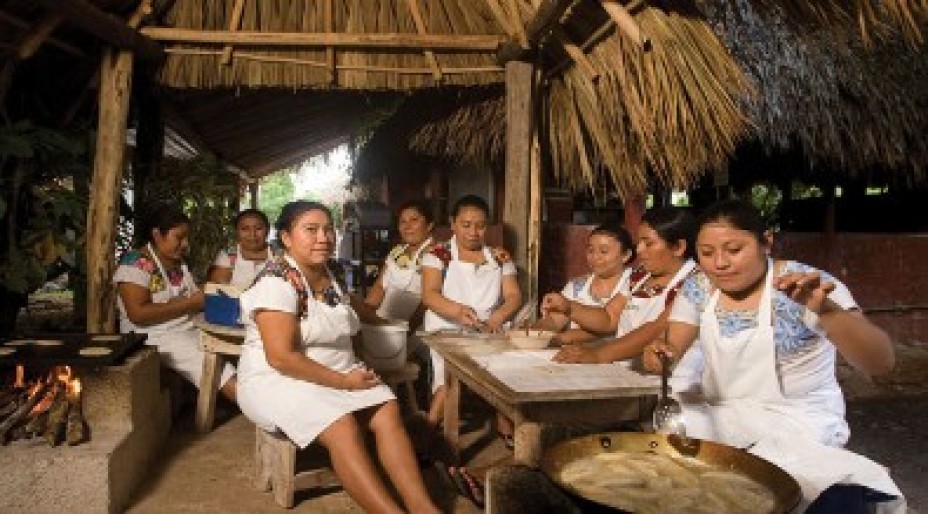
A large quantity of these communities still keep a shaman or priest who performs traditional Mayan rituals and ceremonies, and keeps track of the Mayan calendar.
Encouragingly, it is believed that these communities are actually growing in numbers as time passes, showing that the Mayan culture is still strong in this part of the world.
If you can’t wait to explore the historical and cultural legacy the Mayans left behind, check out our rentals page for the best places to stay in Mexico!

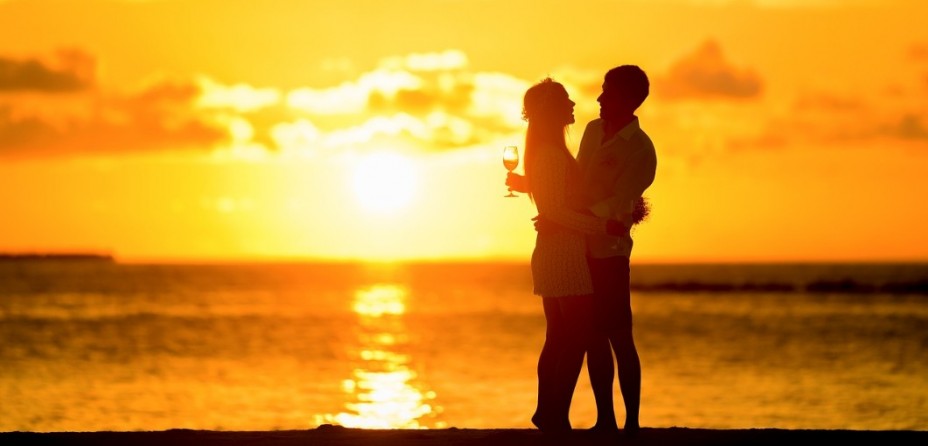
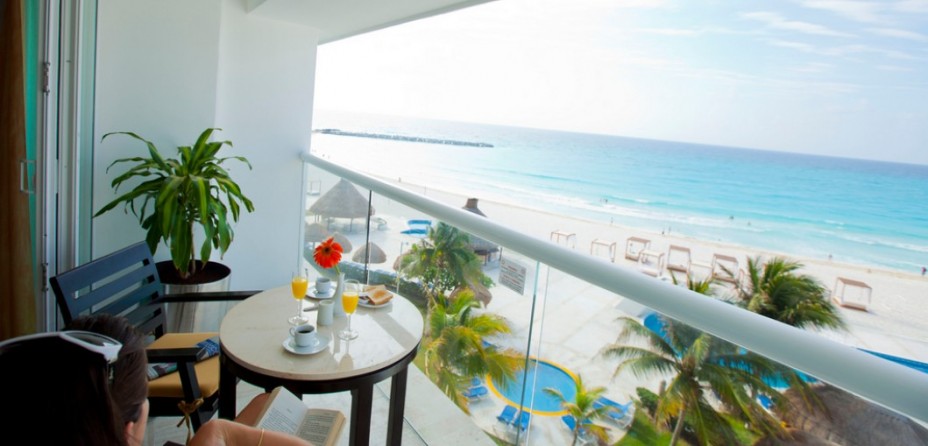
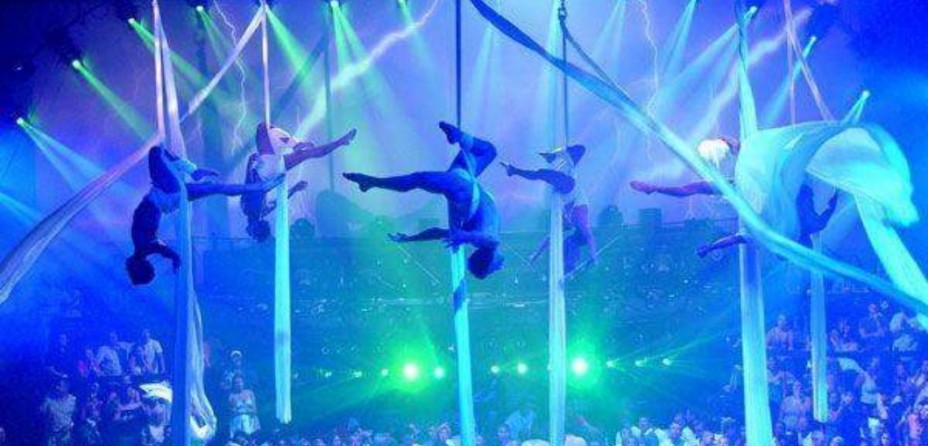
Comments (0)